Unusual Perennials
peaches20
10 years ago
Related Stories
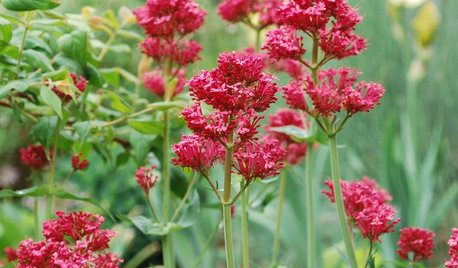
GARDENING GUIDES6 Lovely Water-Wise Perennials for High Altitudes
Even if your climate is cold and dry, you can still celebrate spring with these hardy and colorful perennials
Full Story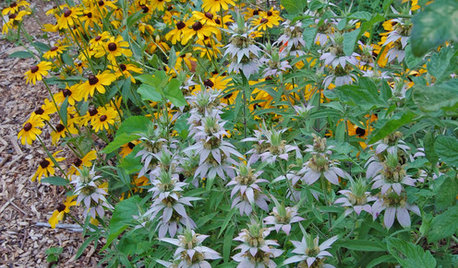
GARDENING GUIDESGreat Design Plant: Spotted Beebalm (Monarda punctata)
Looking for unusual, long-lasting blooms, low maintenance and deer resistance? Try this self-sowing perennial
Full Story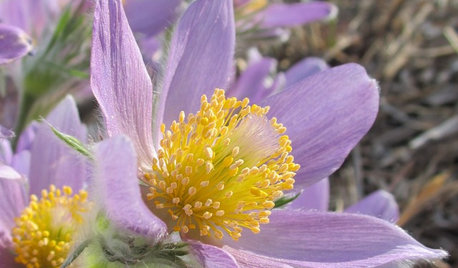
GARDENING FOR BUTTERFLIESGreat Native Plant: Pasque Flower
Get ahead with this early-blooming perennial, which has an unusual feature you've got to feel for yourself
Full Story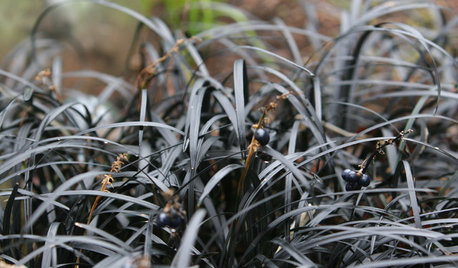
GARDENING GUIDESGreat Design Plant: Black Mondo Grass
Skip the mall and spend Black Friday planting this unusual low-maintenance grass
Full Story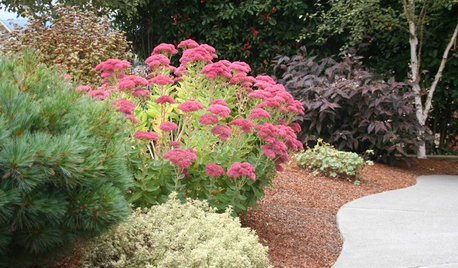
GARDENING GUIDESPacific Northwest Gardener's August Checklist
Deadheading perennials, cutting raspberry canes and preparing for the onion harvest keeps Northwest gardeners busy in August
Full Story
GARDENING GUIDES8 Plants That Snobs Love to Hate — and You'll Love to Grow
Don't dismiss these common annuals, perennials and shrubs — there are reasons they've been popular for so long
Full Story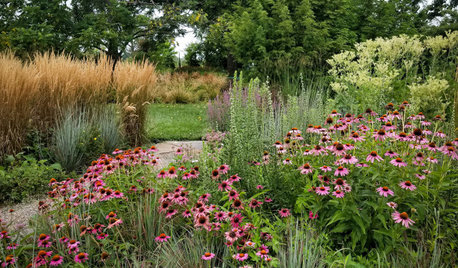
FALL GARDENING20 Favorite Flowers for the Fall Landscape
Vivid blooms and striking shapes make these annuals and perennials a delight in autumn gardens
Full Story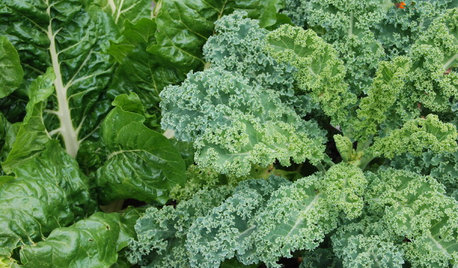
FALL GARDENINGFrost-Hardy Foliage That Loves a Cold-Climate Garden
When winter cuts a bleak swath through other plants, these edibles and perennials flourish brilliantly
Full Story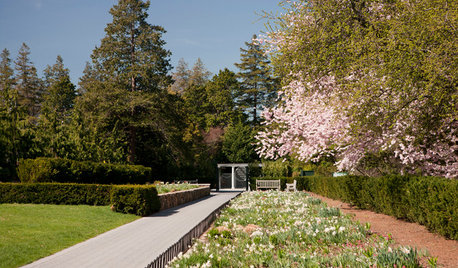
INSPIRING GARDENSA Spring Walk Through Piet Oudolf’s New Garden in the Bronx
This lush expanse of bulbs, perennials and grasses at The New York Botanical Garden is showing its color. Have a look
Full Story
GARDENING GUIDES6 Unsung Bulbs for Fall Planting
Don't hang up your spade after summer — plant these unusual bulbs in fall for a spectacular spring show
Full Story



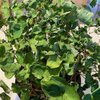
unbiddenn
unbiddenn
Related Professionals
Beachwood Landscape Architects & Landscape Designers · Chattanooga Landscape Architects & Landscape Designers · Southfield Landscape Architects & Landscape Designers · Brookfield Landscape Contractors · Dallas Landscape Contractors · Holland Landscape Contractors · Hurricane Landscape Contractors · Mahwah Landscape Contractors · Mesa Landscape Contractors · Painesville Landscape Contractors · Palos Verdes Estates Landscape Contractors · Panama City Beach Landscape Contractors · Uxbridge Landscape Contractors · Whittier Landscape Contractors · Raytown Landscape ContractorsIspahan Zone6a Chicago
NHBabs z4b-5a NH
christinmk z5b eastern WA
garcanad
rouge21_gw (CDN Z5b/6a)
christinmk z5b eastern WA
rouge21_gw (CDN Z5b/6a)
rouge21_gw (CDN Z5b/6a)
rouge21_gw (CDN Z5b/6a)
rouge21_gw (CDN Z5b/6a)
gardenbug
rouge21_gw (CDN Z5b/6a)
rouge21_gw (CDN Z5b/6a)
peaches20Original Author
christinmk z5b eastern WA
Ispahan Zone6a Chicago
rouge21_gw (CDN Z5b/6a)
gardenbug
GreatPlains1
NHBabs z4b-5a NH